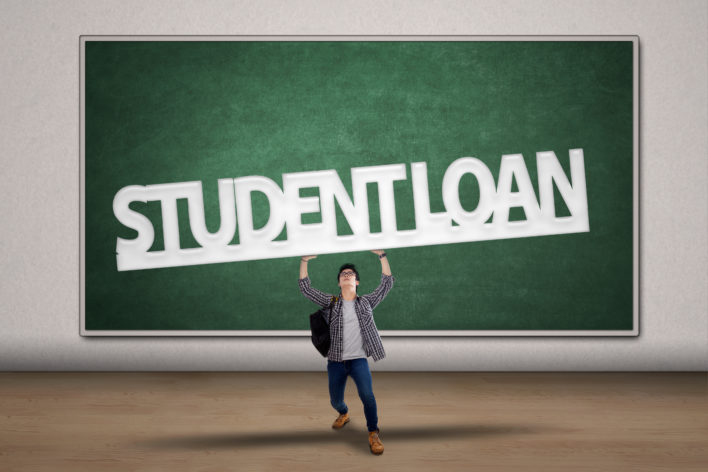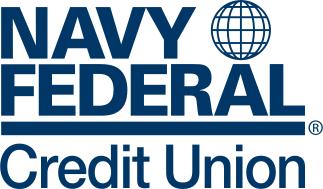Student Loan Repayment On Hold Policy Update

Studentaid.gov notes: “…The U.S. Department of Education (Department) announced a final extension of the pause on student loan repayment, interest, and collections through December 31, 2022. Borrowers should plan to resume payments in January 2023.” There are no more extensions offered at the time of this update, June 18, 2024.
Student Loan Repayment Paused
On December 22nd, 2021, the U.S. Department of Education (DoE) announced a 90-day extension of the pause on repayment, collection, and interest of most federal student loans. The administrative pause was originally scheduled until May 1, 2022.
The DoE estimates that this extension will help 41 million borrowers save $5 billion per month.
The Impact on Federal Student Loans
If you have Federal Student Loans, then you need to understand how this move impacts you.
This program offers temporary repayment relief to those with qualified student loans. However, not all loans are covered.
Loans Not Covered
For example, the Family Federal Education Loan (FFEL), an older loan program, and Perkins Loans owned by the school you attend(ed), do not qualify for this pause in collection and payment. That means you should still plan to make your monthly payments if you have these types of loans.
Registration is for CollegeRecon.
Sponsored by

Qualified Loans
If you have loans that qualify for this temporary relief, then there is nothing you must do at this time. The Department of Education has automatically placed all qualified loans into a state called “administrative forbearance”. This means that you can stop making payment right away until 1 May, 2022.
For those borrowers who wish to continue making payments on their federal student loans, the interest rate is currently 0%. That means that any payments you make now will all go to the principal, which would ultimately help you pay off your loans faster.
If, however, you are on an income-based repayment program, a forgiveness program, or both, you should probably check out the Federal Student Aid Coronavirus page to determine your best course of action.
Student Loans In Default
If your student loans are in Default status, then the Department of Education should have stopped contacting you regarding payment and collection. This will only last until 1 May 2022, so they will likely start sending letters and making calls once that time passes.
If your employer has garnished your wages as a result of your student loan default, then you will get a refund. However, the garnishment may start again once the deadline passes.
RELATED: Military Service Could Eliminate Student Loan Debt
Which loans do I have?
This temporary relief applies only to federal student loans. If you’re unsure what types of student loans you have, take the following steps:
- Pull your credit report to get a complete list of your private and federal student loans. You can request a free copy each week from now until April 20, 2022, by going to AnnualCreditReport.com.
- Carefully go through your credit report, find your student loans, and write down the lending companies or loan servicers.
- Then, compare that list to the full list of Federal Loan Servicers. The ones on your list that match the federal list are federal student loans.
- For assistance, log into your Federal Student Aid account or call the Federal Student Aid Information Center (FSAIC) at 1-800-433-3243.
This information should help you determine whether the student loans you have are federal or not.
A Final Note of Warning
Recently, the FTC warned student borrowers about hiring a third party agency to claim this temporary relief, advising that the process is “automatic” for all qualified federal student loans, so you don’t have to enroll or apply.
In the words of the FTC, “Anyone who tells you they can help you sign up for this program for a fee is a scammer.”
RELATED:
- Student Loan Tax Deduction: Everything You Need to Know
- Student Loans For Military Spouses
- Navient Cancels $1.7 Billion in Student Loan Debt
- Department of Education Eliminates $5.8 Million in Student Loan Debt
- Howard University Now Offering Loans to Veterans
- Student Loan Forgiveness and 0% Interest Loans

